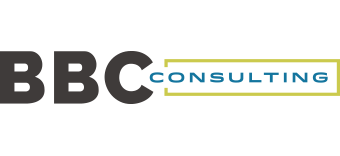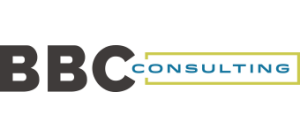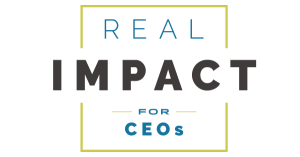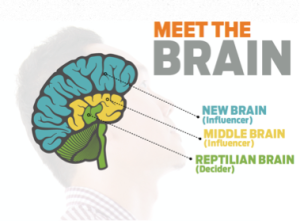Are You The Reason Why You Can’t Hire Top Sales People?
What it takes to get the best talent to work for you, now.
Once someone realizes that today’s B2B buying teams buy differently than the way they continue to sell, it usually creates an “Oh, crap!” moment. The 3 Deadly Cs of Sales – Commoditization, Consensus Decision-Making, and Compressed Selling Time – have completely changed B2B sales, driving a race to the bottom. A race that won’t stop on its own and a race you don’t want to win!
How do we know this is happening?
- Reps keep saying they can’t get the right people in the room
- Reps keep saying pricing needs to be lower (which destroys your margins)
- Reps can’t get in early and are ignored until the prospect is “ready to talk”
If your selling model is rooted in the past, not only will it be harder to win quality deals, it will also be harder to attract the right sales and marketing team members you need to succeed.
Good news… you have three options. Bad news… two of them aren’t very attractive!
- Don’t do anything at all. Fall prey to 3 Deadly C’s and the race to the bottom.
- Completely overhaul the entire sales team. Get rid of everyone and start over.
- Improve your current sales team and migrate in new talent that can execute to how sales are being won today.
The most important consideration… this is not the time to freeze up and do nothing!
The least disruptive option is #3. Your team is capable of improvement, and there are steps you can take to attract more of the right sales candidates that will plug-in and win right away.
Knowing the best salespeople can work anywhere; the question is can you attract them today? With your current messaging, playbook, tools and coaching program can you attract the best sales talent?
What are you demonstrating that proves you’re doing everything possible to counter today’s 3 Deadly Cs? Can you show them how working for you will shorten their sales cycles, protect margins and win more opportunities, faster? That is what it will take to get the best talent who wants to know why they should work for you.
- Don’t tell them you have long sales cycles to give them space. What are you doing to shorten sales cycles and help them become successful, faster?
- Don’t tell them your business is about “relationships”. The best know that success is about building fast trust. What are you doing to get them in the right situations, faster?
- What is your sales and marketing playbook? How does that ramp them up, faster?
- What reinforcement and coaching are you providing? Is it 45-year-old training programs created for rotary phones and martinis at lunch salesmen or is it based-on aligning and leading buying teams to faster decisions?
Show them that you are the next step to advancing their career. You’re the choice to help them better compete and win more in this age of accelerations. It’s really no different than closing a prospect… Why should they choose you? Why should they choose you now?
Follow Us


Source: https://blog.revenuepathgroup.com/blog/cant-hire-top-salespeople


































